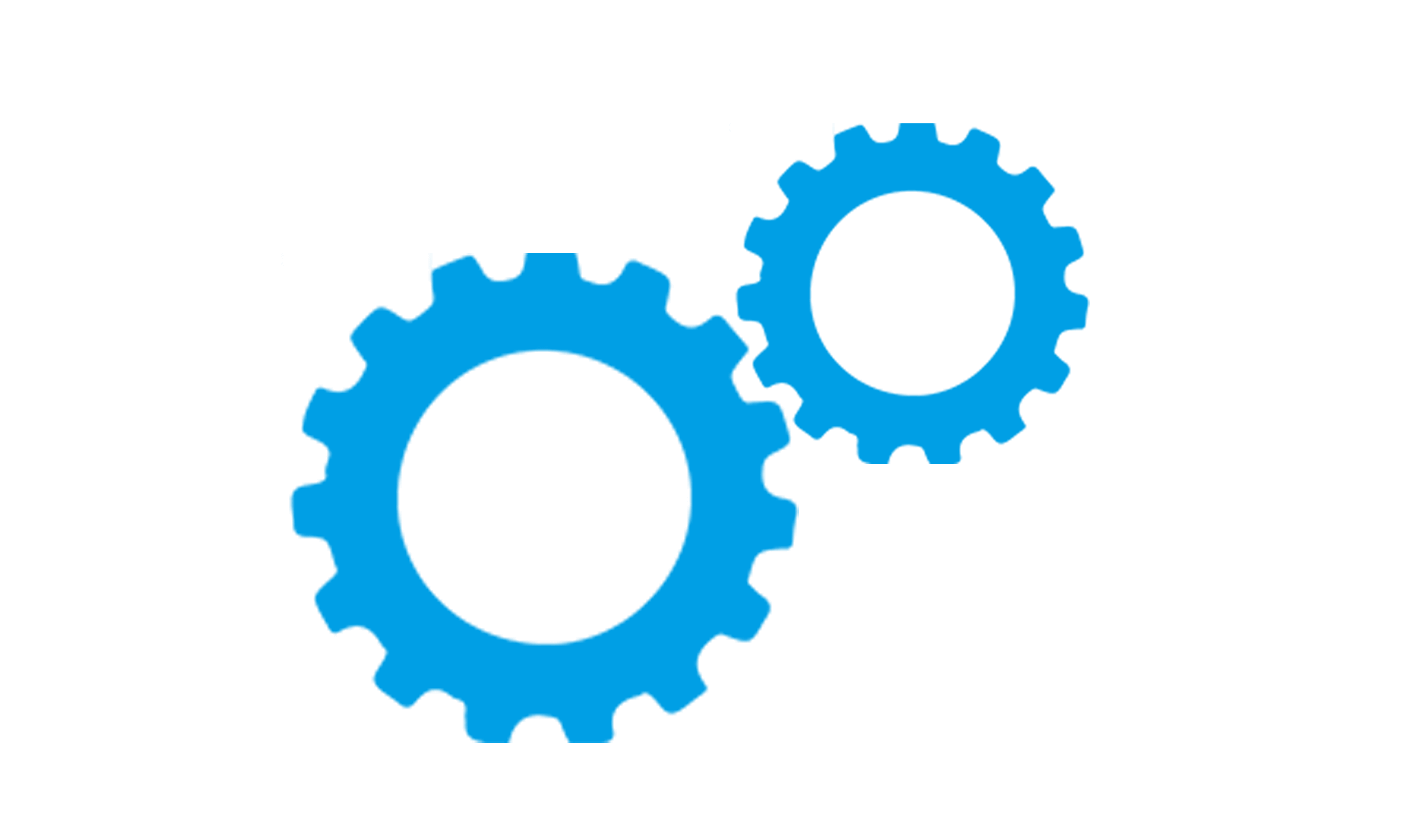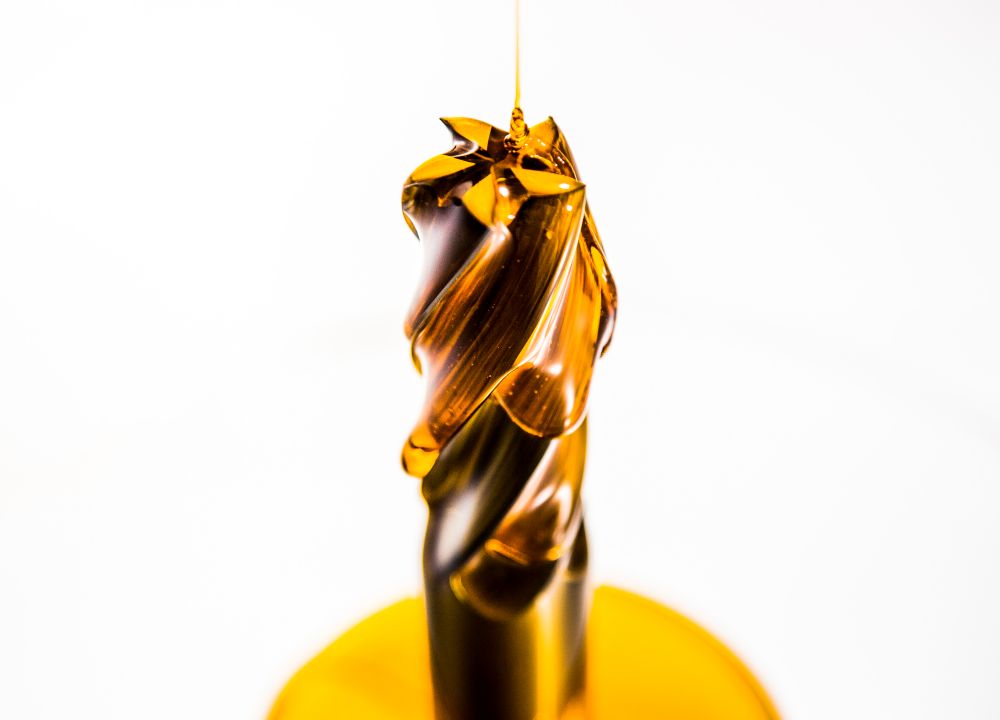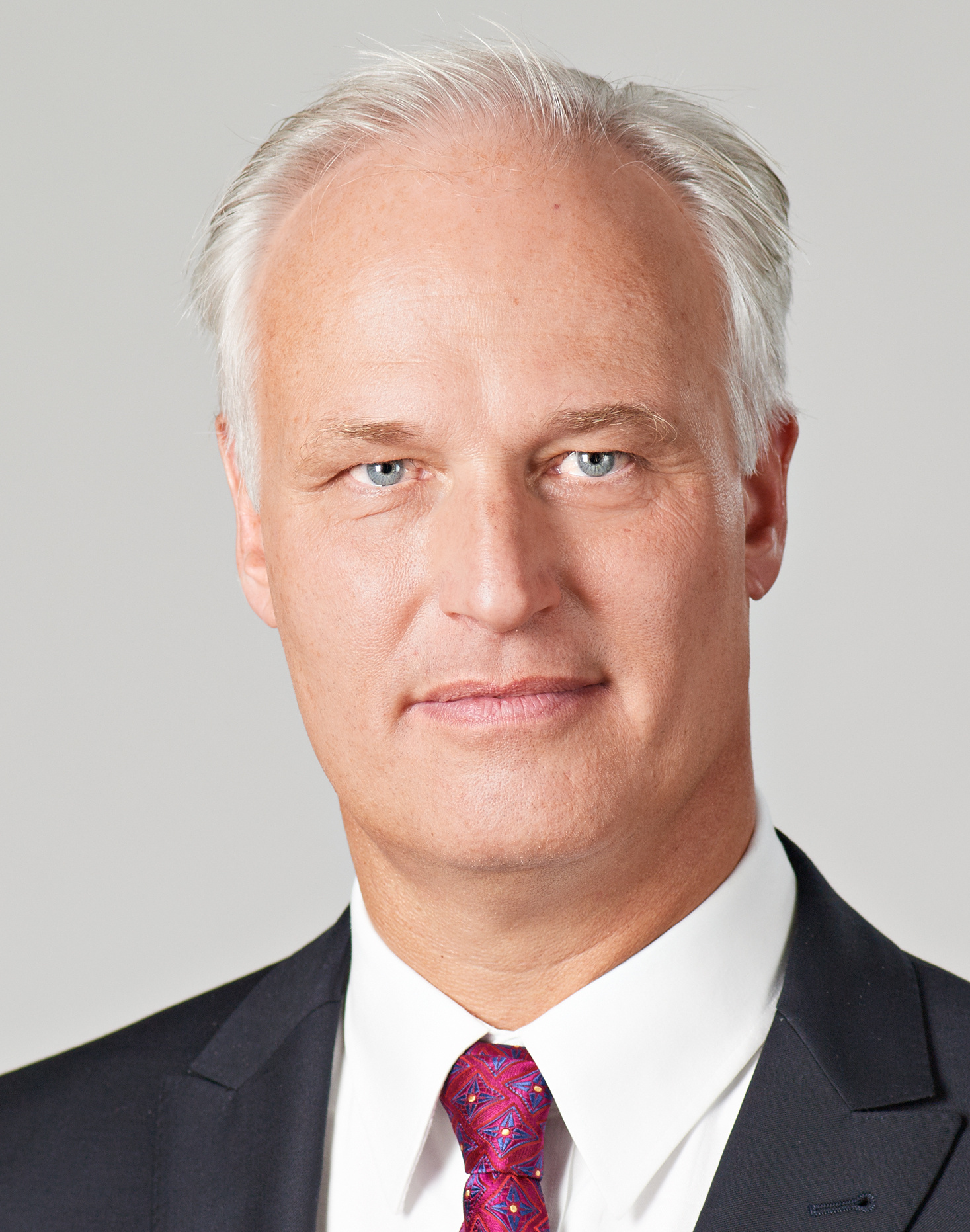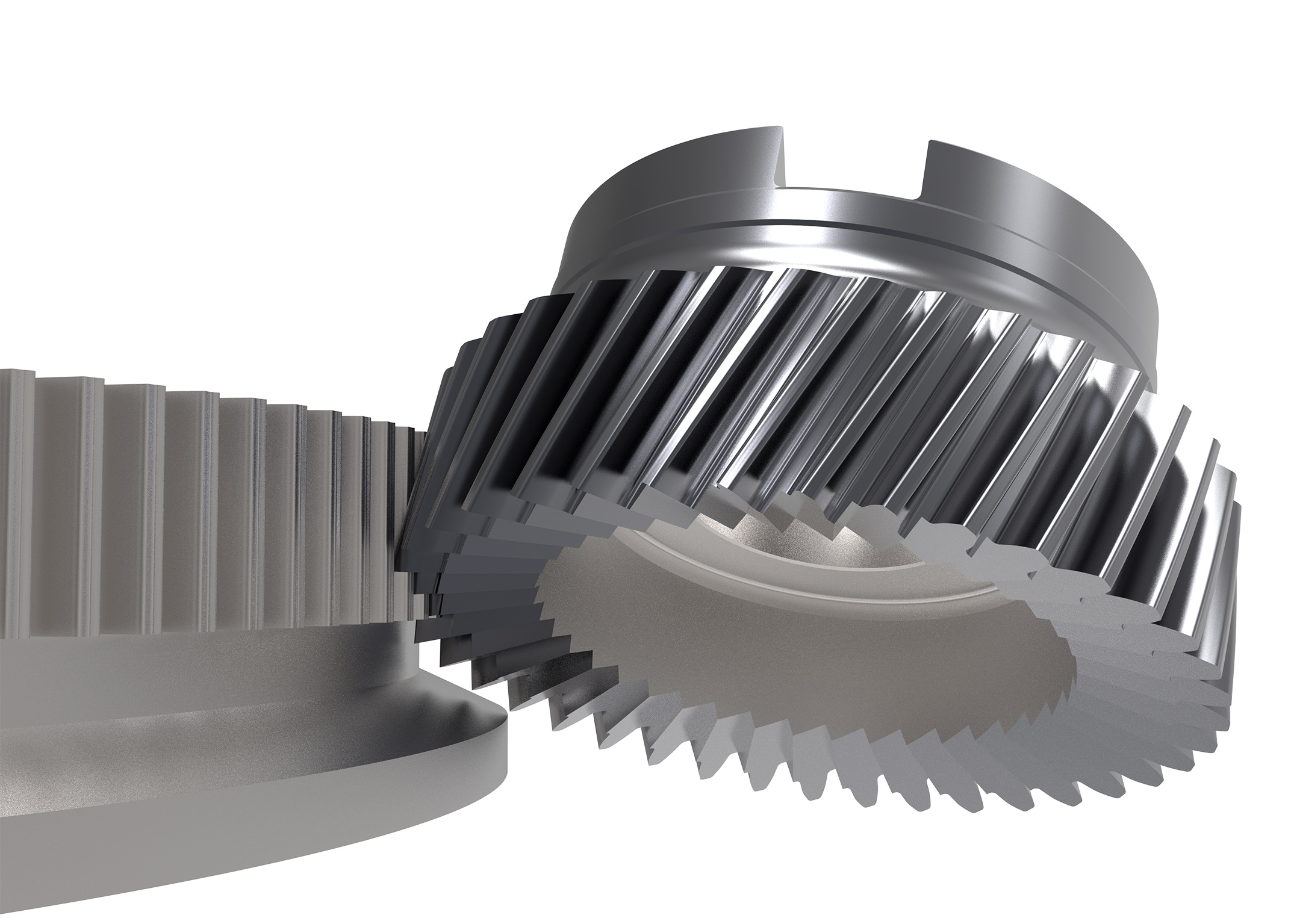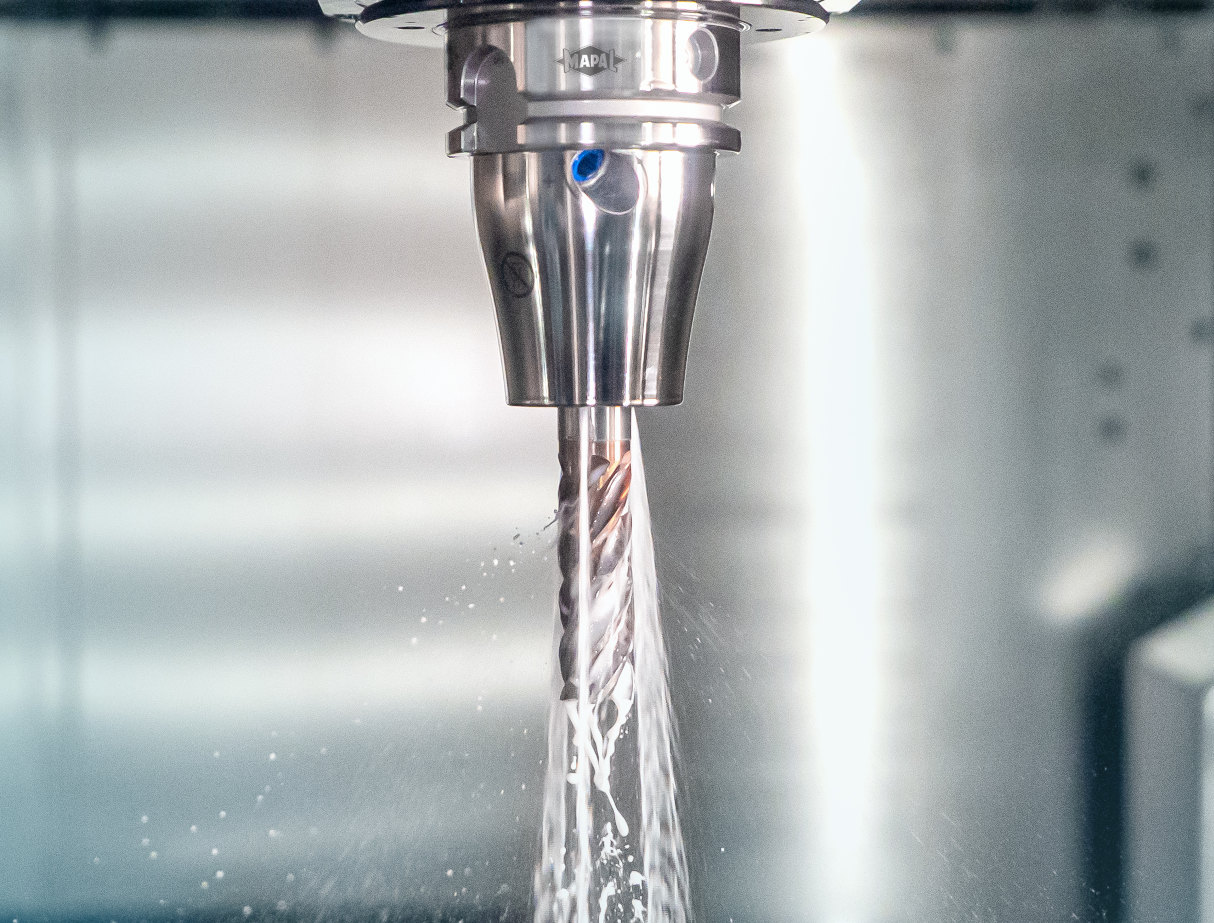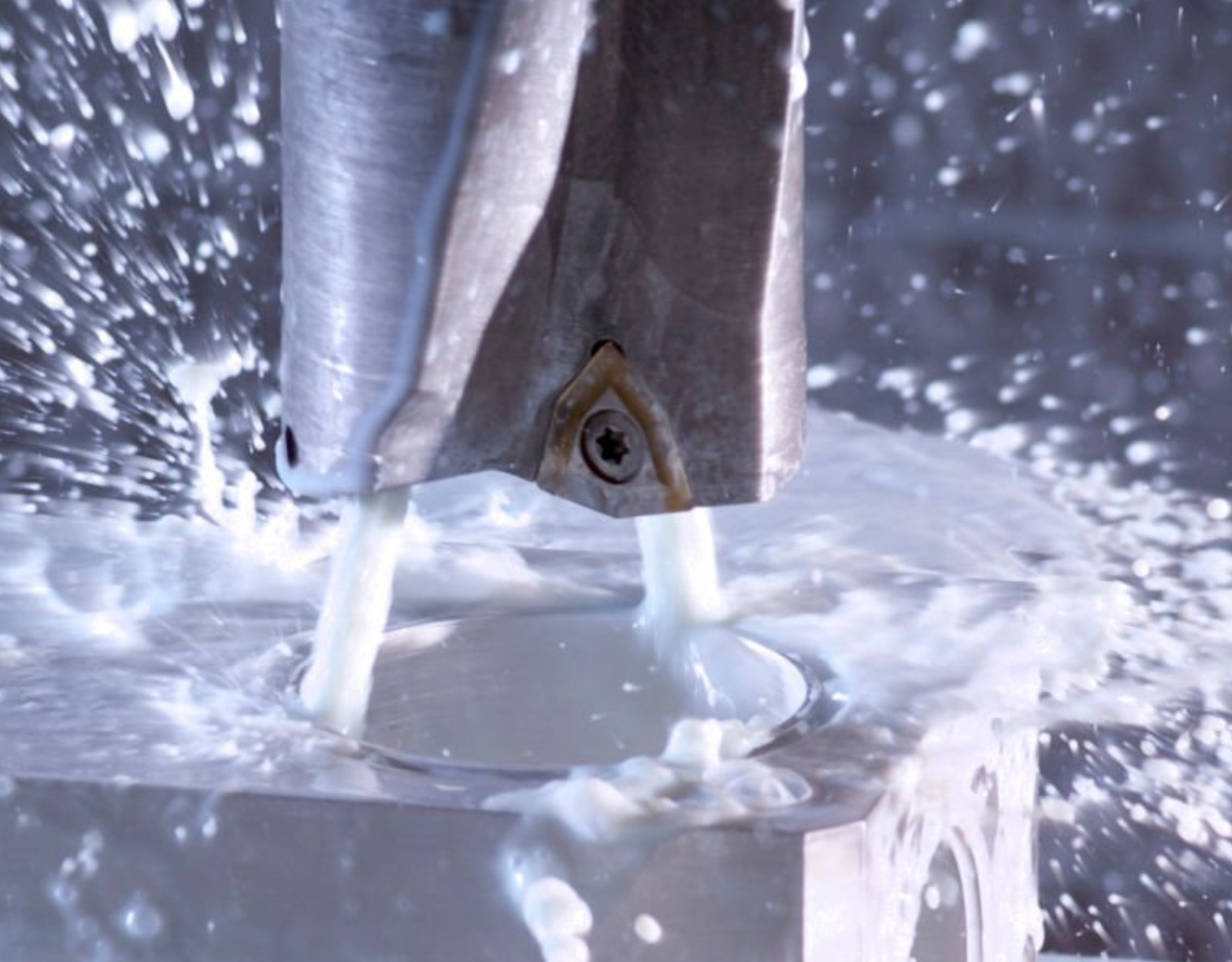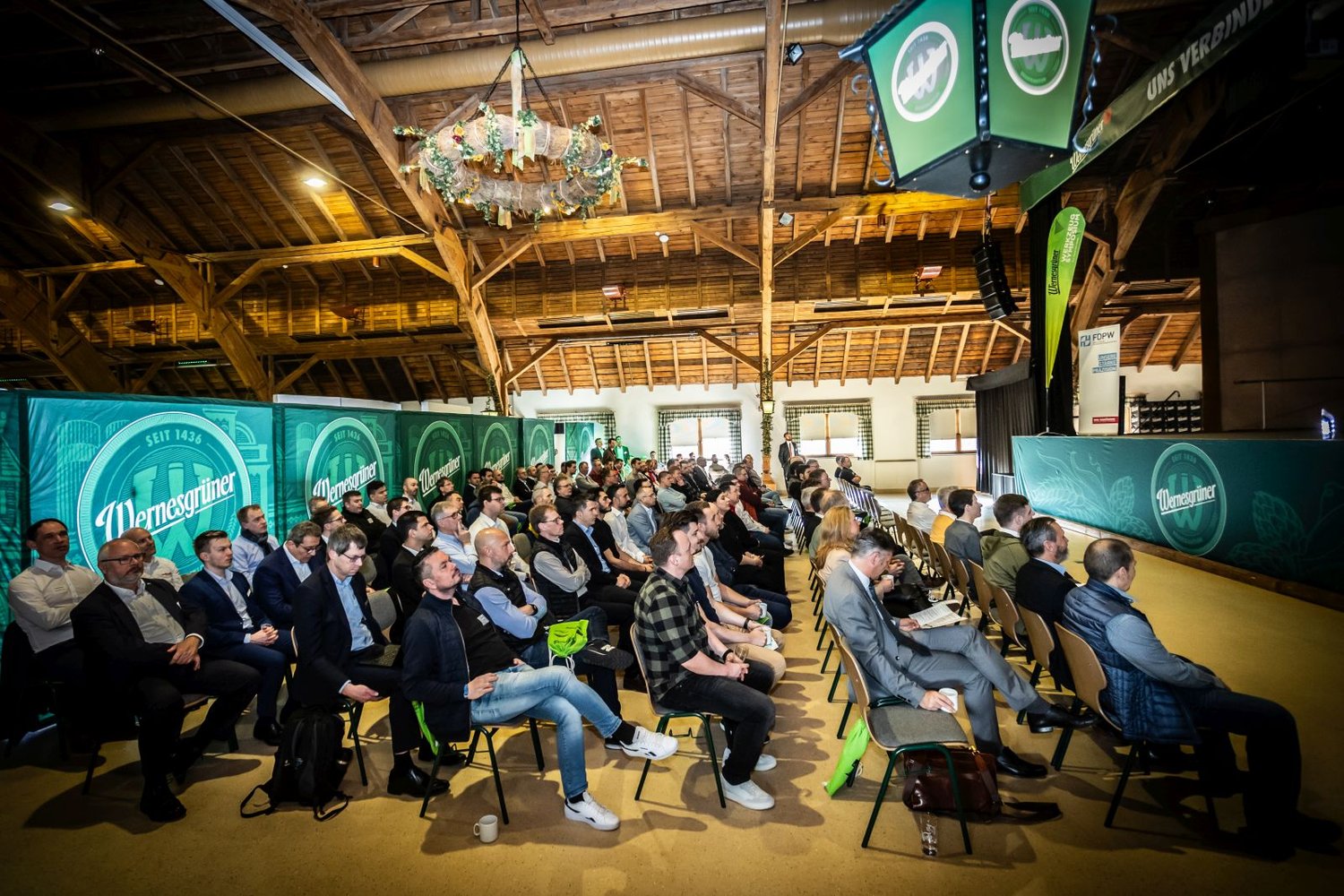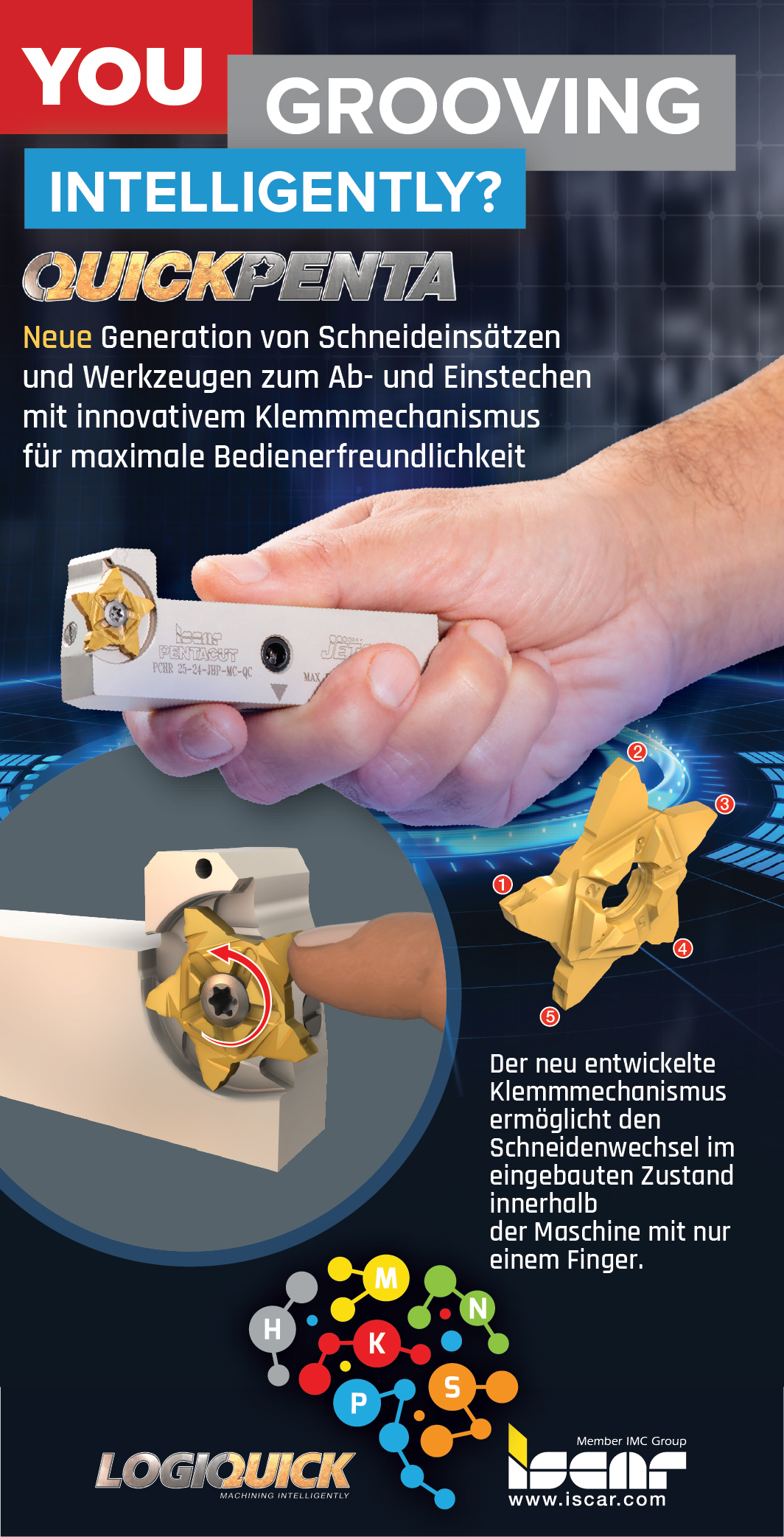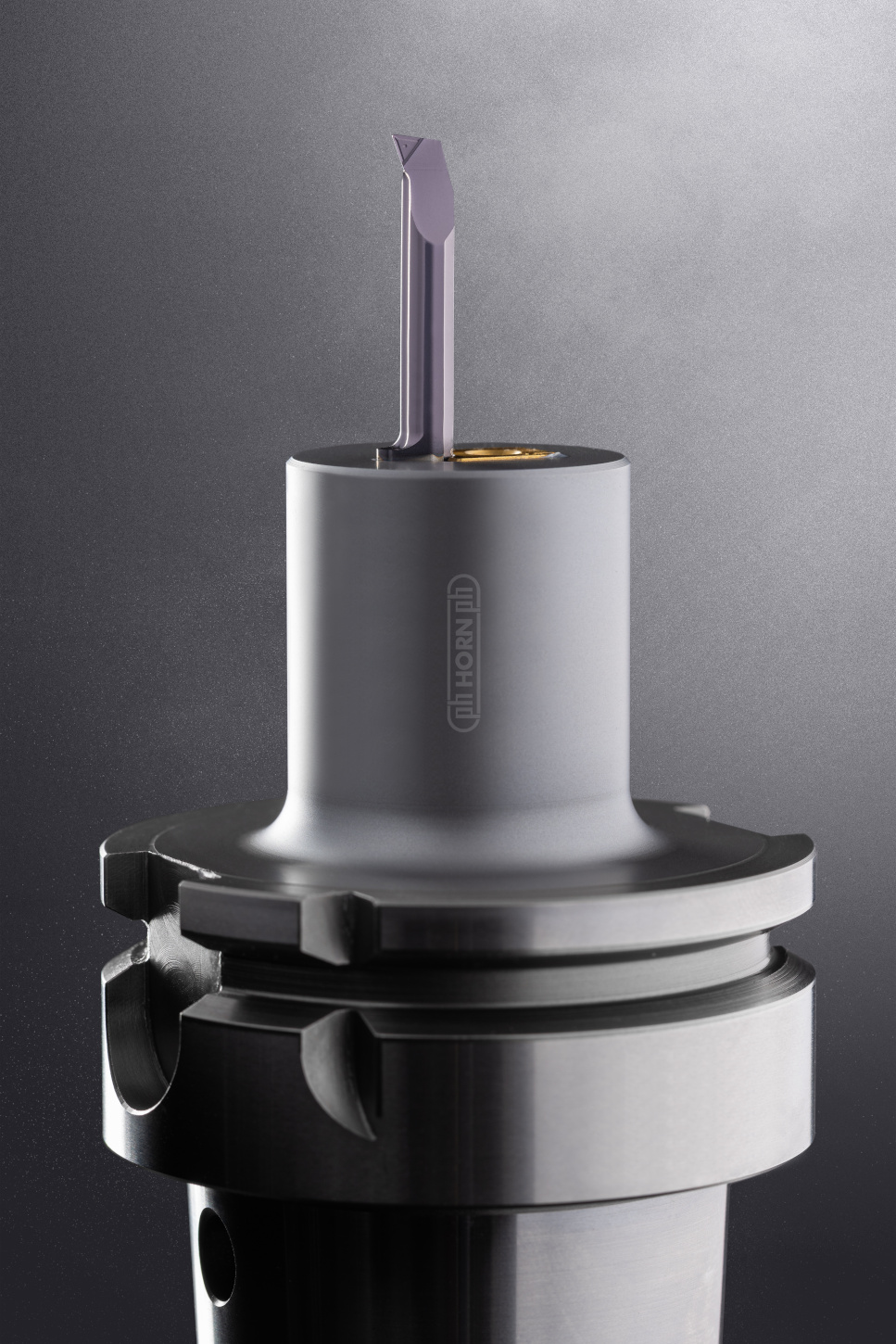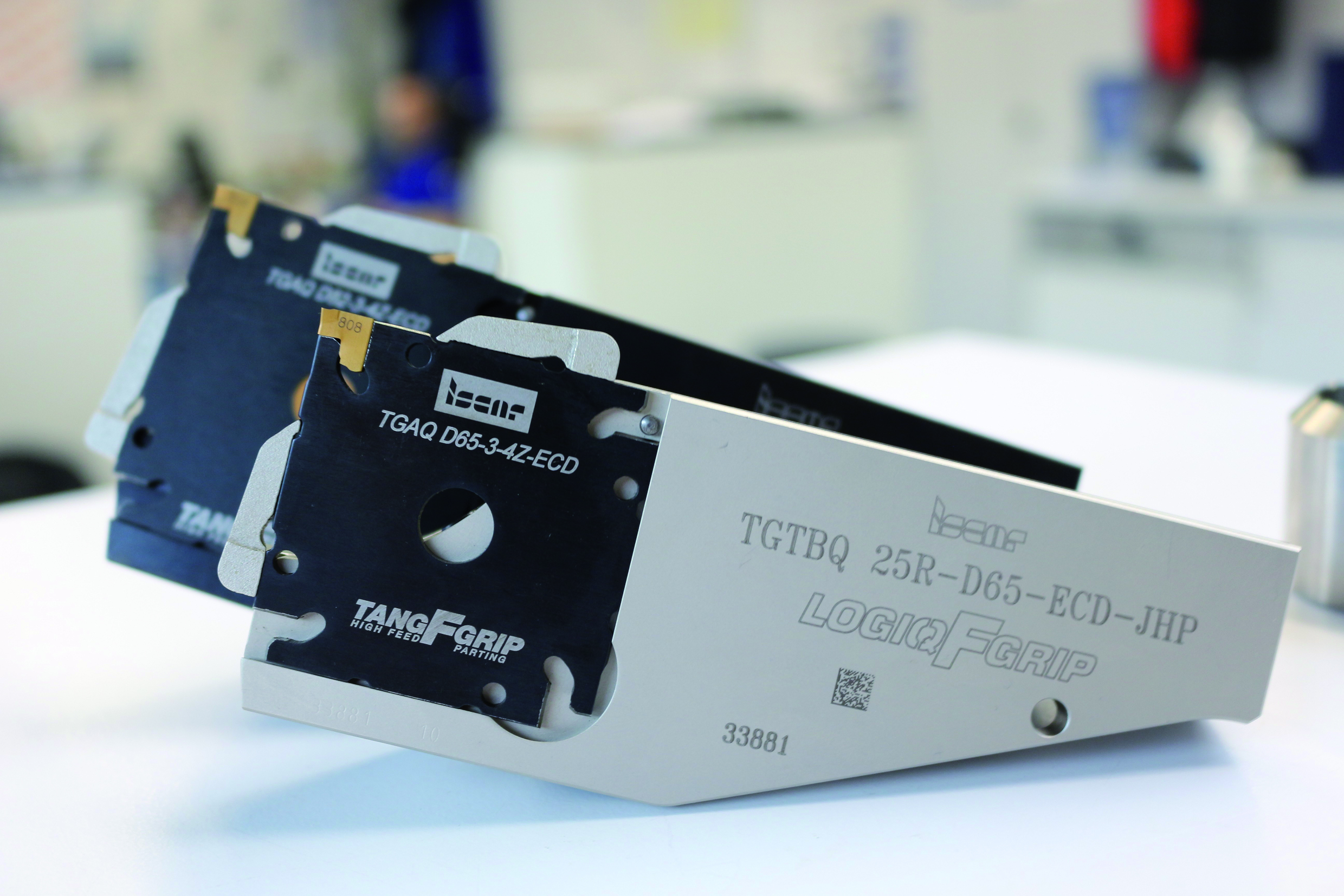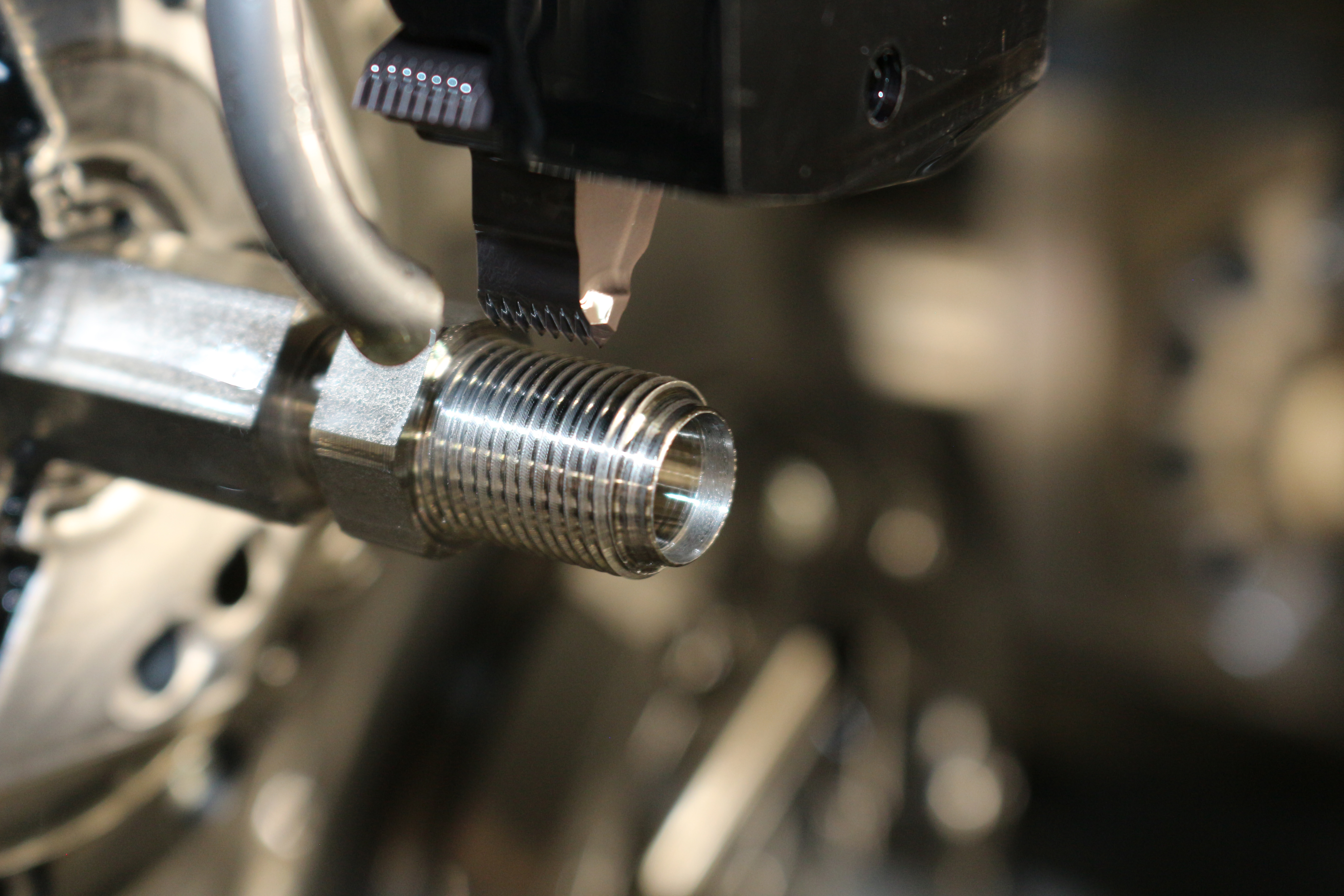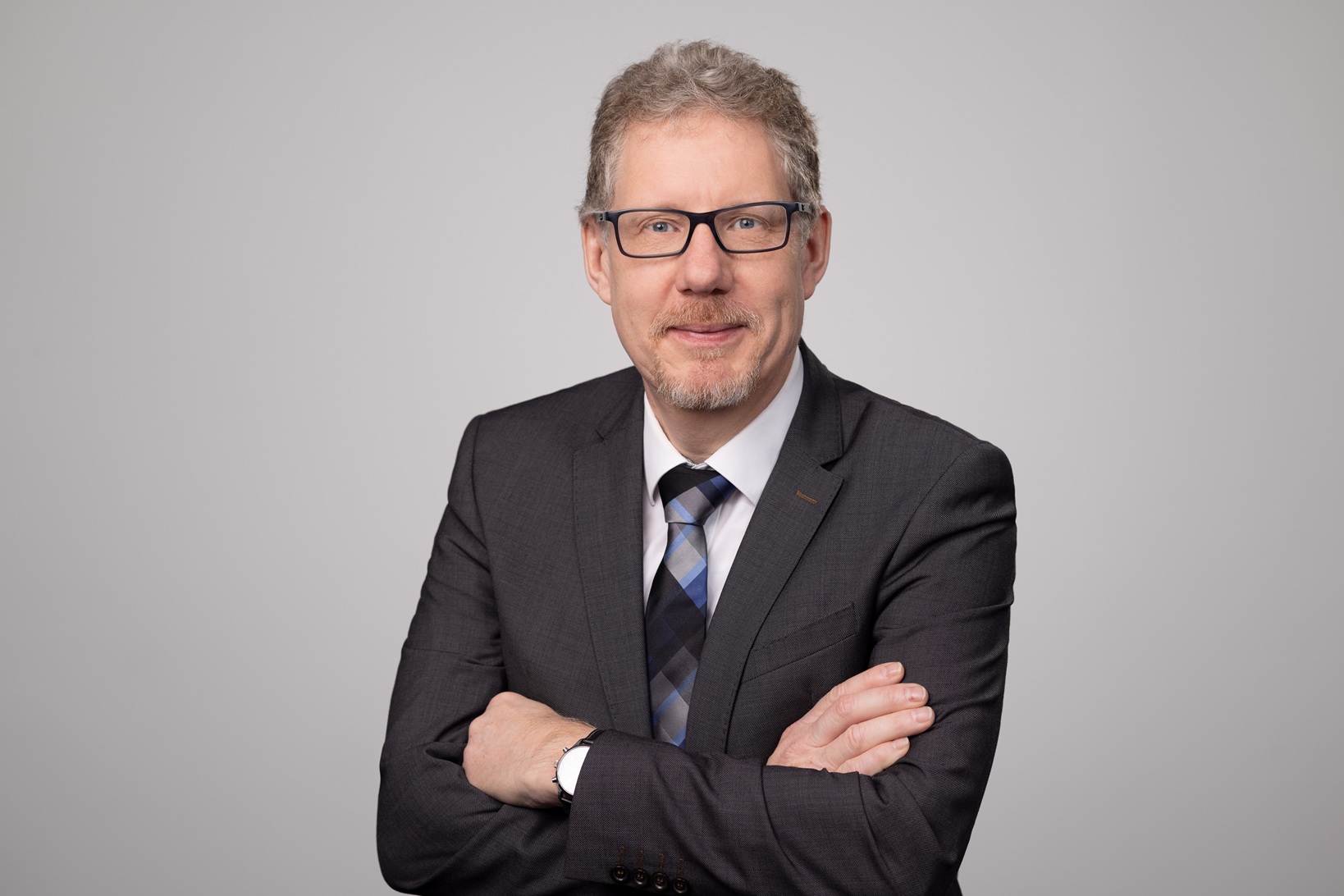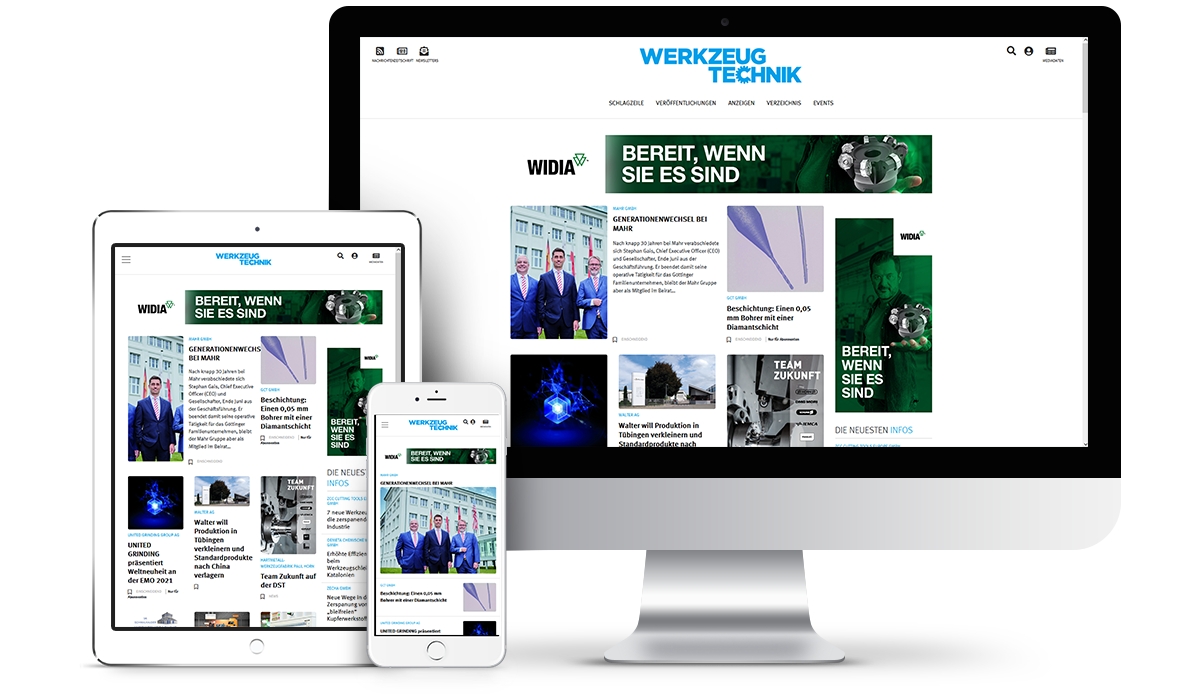Turning on the machining centre
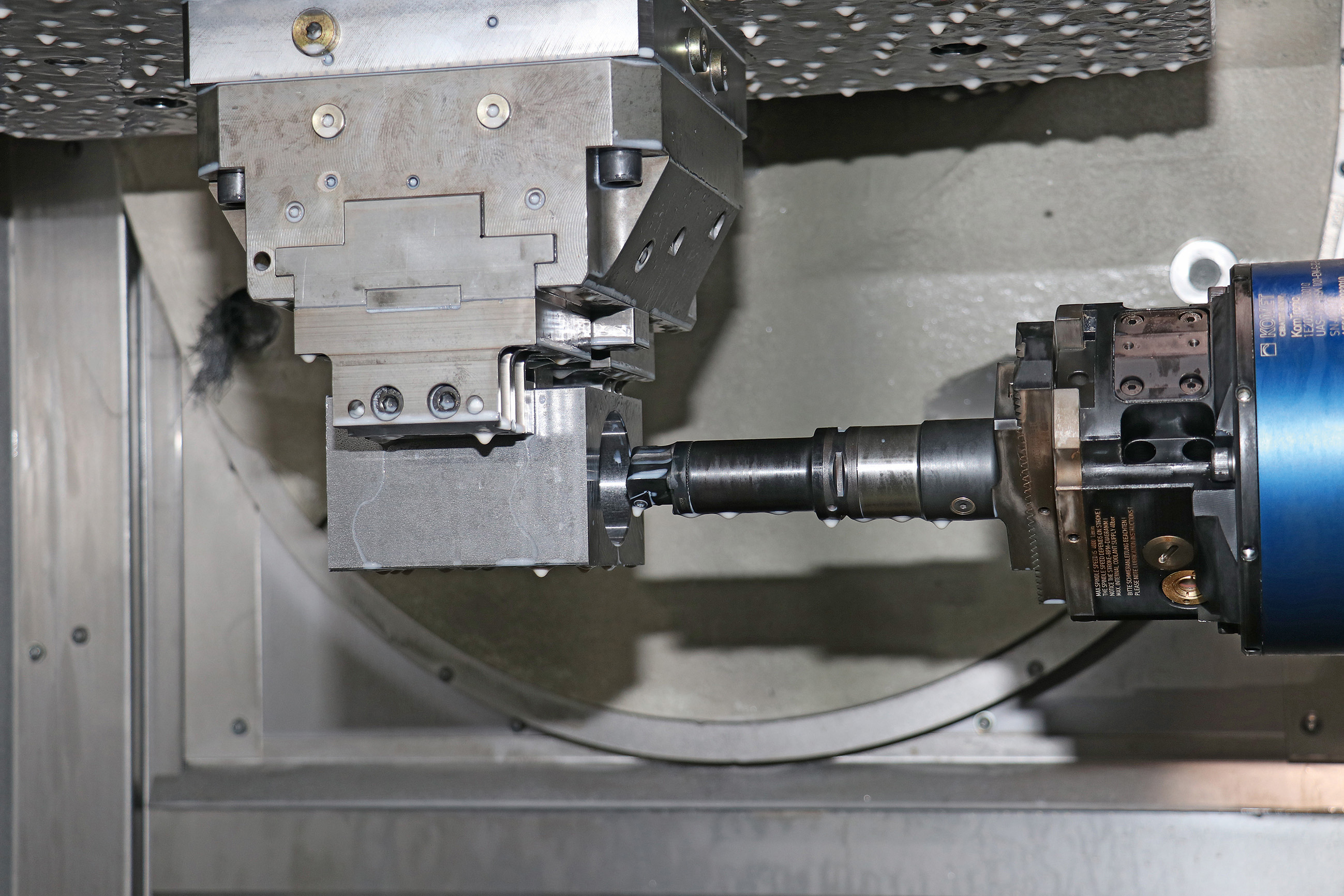
Using the KOMtronic U-axis system for fully automated complete machining No more repeated reclamping, leading to reductions in set-up times and increased precision – AHP Merkle, a manufacturer of hydraulic systems, has been reaping these benefits since introducing highly automated manufacturing equipment. At the heart of the plant are two horizontal machining centres equipped with a KOMtronic U-axis system from Ceratizit for complete machining. The ToolScope system – also from Ceratizit – takes care of process and collision monitoring.
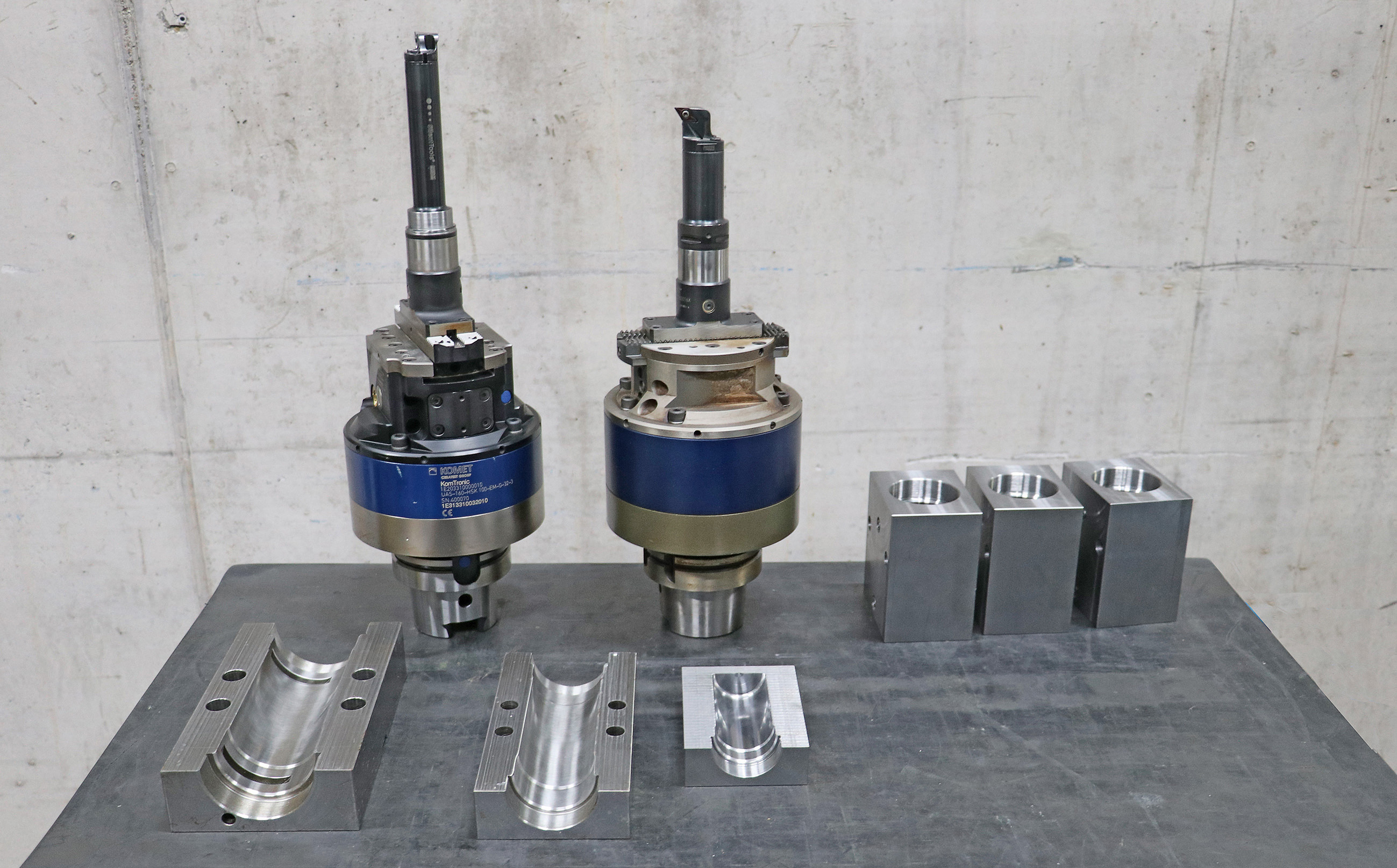
Two generations of the KOMtronic UAS-160 U-axis system from Ceratizit are used at AHP Merkle. On the left is the new UAS160-3 U-axis. There is no difference in the handling and programming compared with the previous generations, but it does boast quieter running resulting in indexable insert tool lives of around 40 minutes longer.
In the tool and die production industry, the name AHP Merkle is synonymous with high-quality, durable hydraulic cylinders – and not just in Germany. In the 50 years since it was founded as a one-person operation, the family company has become a medium-sized global seller with agencies and sales subsidiaries worldwide.
The hydraulic cylinders are only manufactured, however, at the company’s headquarters in Gottenheim, South Baden. The new build, which was constructed in 2010 and expanded further in 2014 and 2019, allowed the company to optimise its logistical and production operations. “We always had the quality of our products at the forefront of our minds when making all the changes,” stresses Günther Reich from the Technical Purchasing team. In his 33 years with the company as a machining expert, he has not only operated and programmed machines, but was also subsequently responsible for introducing CNC machines for turning and milling.
In recent years Reich has been heavily involved in restructuring the production department. “In tool and die production – our key customer sector – there is significant downward pressure on prices, which has a knock-on effect on components suppliers,” explains Günther Reich. “Our products, which we offer both as standard models from stock as well as in customised versions, are affected too. As we will not skimp on quality, state-of-the-art machine and automation concepts are of vital importance to us.”
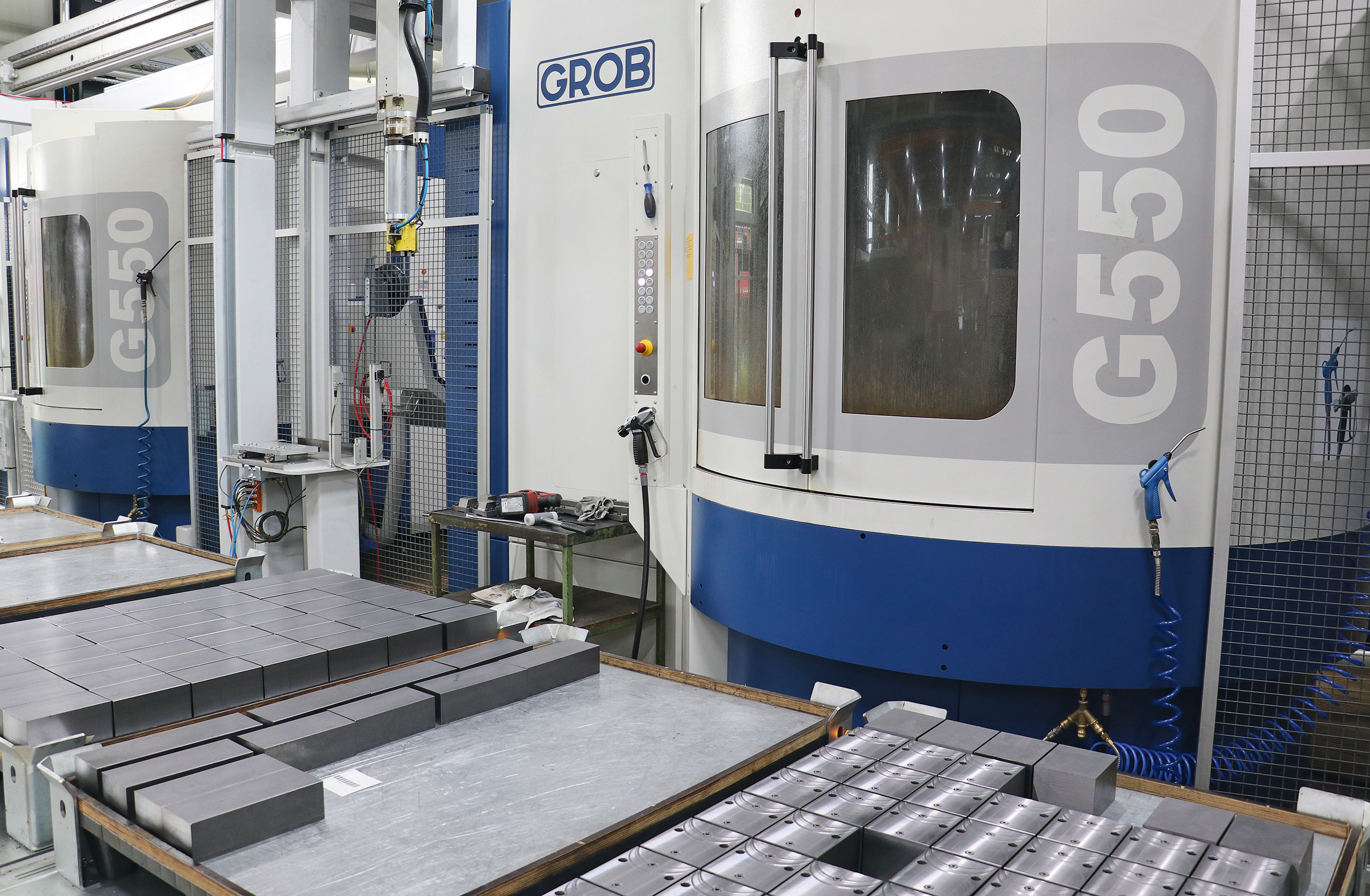
In addition to the piston bearing surface, the cylinder housings have different fits and threads. The KOMtronic U-axis performs rough machining of the cylinder surface, removes burring from the rolling process and ensures clean rounding of the chamfer transitions.
Automation in machining
Reich refers to the equipment for the automated machining of block cylinders in various sizes and designs from a quantity of one as a milestone in AHP’s production area. At its core, it consists of two Grob G551 machining centres and a Promot pallet automation system. However, the process begins much earlier, in operations scheduling, where the production orders are planned and transferred to the fully automated Kasto circular saw via the ERP system. This is where raw parts made of C45 round bar are produced and then stored on a special pallet with the help of a robot. At the same time, the software generates a file containing all the order information, from the exact position of each raw part on the pallet, the length, quantity and article number, right through to the CNC program for further processing on the machining centre. Finally, a printed barcode accompanies the pallet to the loading area in the Promot system, where Oliver Scheppele allocates it to a free location and enters all the data using the barcode.
Scheppele is one of AHP Merkle’s trained and highly motivated production employees. They are just as important to the company as its machinery. “Even on an automated production line, the roles are challenging and varied,” explains Günther Reich. “It has nothing to do with simply pressing buttons.” Oliver Scheppele operates the entire Grob/Promot system largely on his own. He was also involved in the procurement process. “When we were planning the plant in 2015 – at the time using only one Grob G551 machining centre – our primary objective was to be able to completely machine cylinder housings in just one set-up,” says the machining expert. “We wanted to use it to minimise the set-up times and further improve the quality. What’s more, we needed something that could run for as close to 24 hours a day as possible six days a week, even during unmanned shifts. This is what we based the details on.”
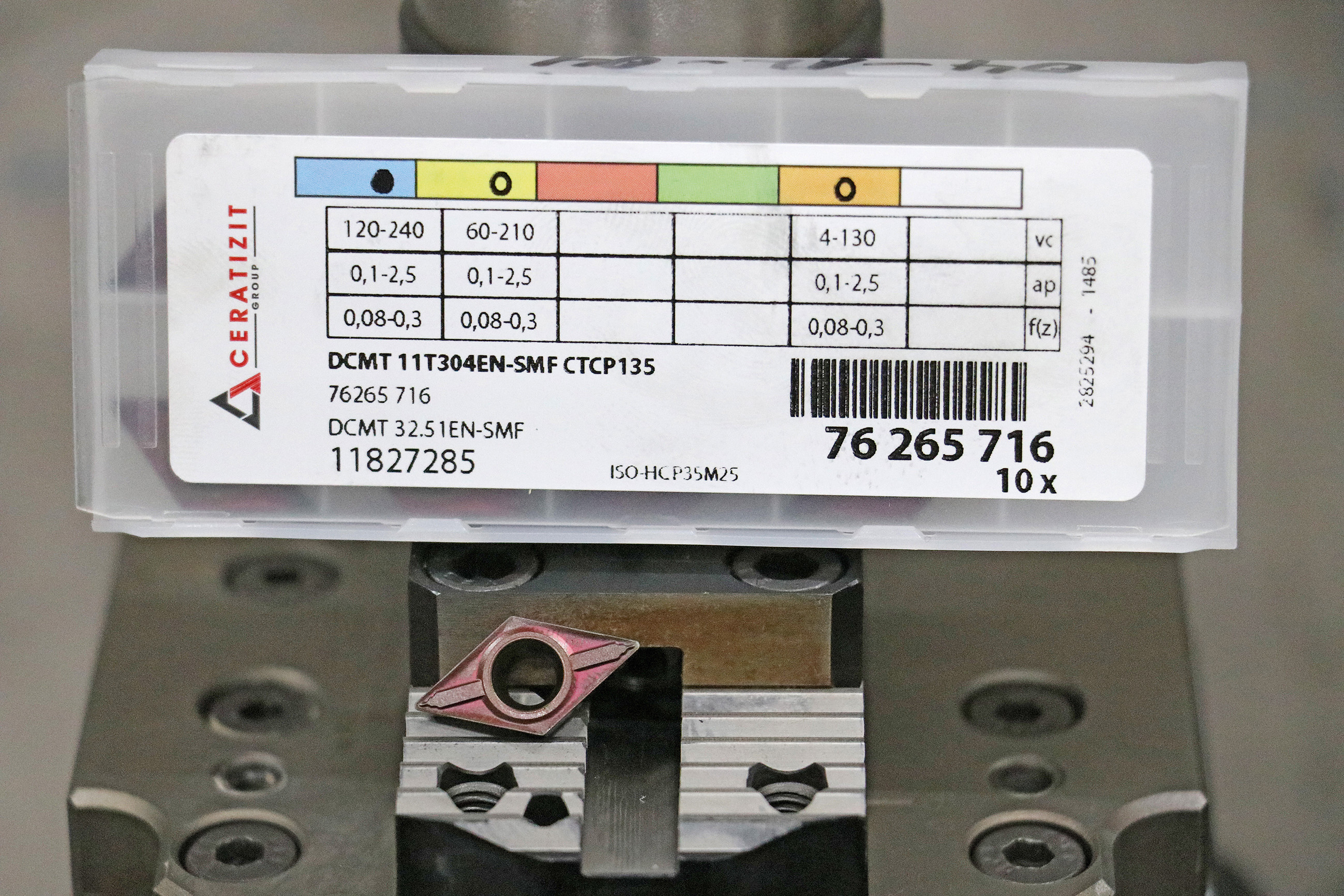
AHP Merkle has found the ideal tool for the KOMtronic U-axis in this indexable insert. It is extremely wear-resistant and, with a radius of 0.4 mm, is suited to roughing and rounding.
Turning on the machining centre courtesy of the U-axis
Scheppele is referring to equipping the plant with tools and software here. After all, cylinder housings like these require multiple milling, boring and turning operations, which up to now had been carried out on at least two machines and involved several set-ups. It takes a very special tool to be able to perform all this on the horizontal machining centre with its three linear and two rotary axes: a U-axis, as Günther Reich explains: “Ceratizit is one of our reliable tooling partners. We’ve been procuring various drilling and milling tools, indexable inserts and adapters from them for over 30 years. After viewing the KOMtronic U-axis system at their plant in Besigheim in 2015, we thought it would be the ideal solution for our machining processes on the Grob machining centre, as it’s more flexible than other special tools.”
The main reason for this is that the freely programmable KOMtronic U-axis systems make any contour and turning operations possible on non-rotationally symmetrical, stationary workpieces. Combined with custom-made snap-on tools and selected indexable inserts, both contours in holes and external machining can be carried out. Processes are switched to the U-axis on Oliver Scheppele’s Grob machines once the blank has been pre-drilled and cut to length. He uses the axis system first to turn the contour of the cylinder bore, the core hole of the thread and the first fit with chamfer.
After these roughing processes are carried out, the workpiece is measured, and the measurement results are used for automated correction. Further fits are then reamed, and the cylinder surface is rolled. “This is how we achieve the optimal surface in terms of its sliding and sealing function,” says Scheppele. “Once thread milling is complete, I need the U-axis again to trace the contour along the chamfers in order to remove the burring from the rolling process and achieve clean rounding. The KOMtronic U-axis is indispensable for this task.”
Subsequently, bore machining is performed for mountings and connections, and a final check of the fits is carried out using a measuring stylus. “The U-axis from Ceratizit allows us to completely machine 95 percent of all cylinder housings on the Grob G551, saving us from having to do all the rework during final assembly. Overall this shortens production times while improving the surface quality and accuracy of form,” summarises Oliver Scheppele.
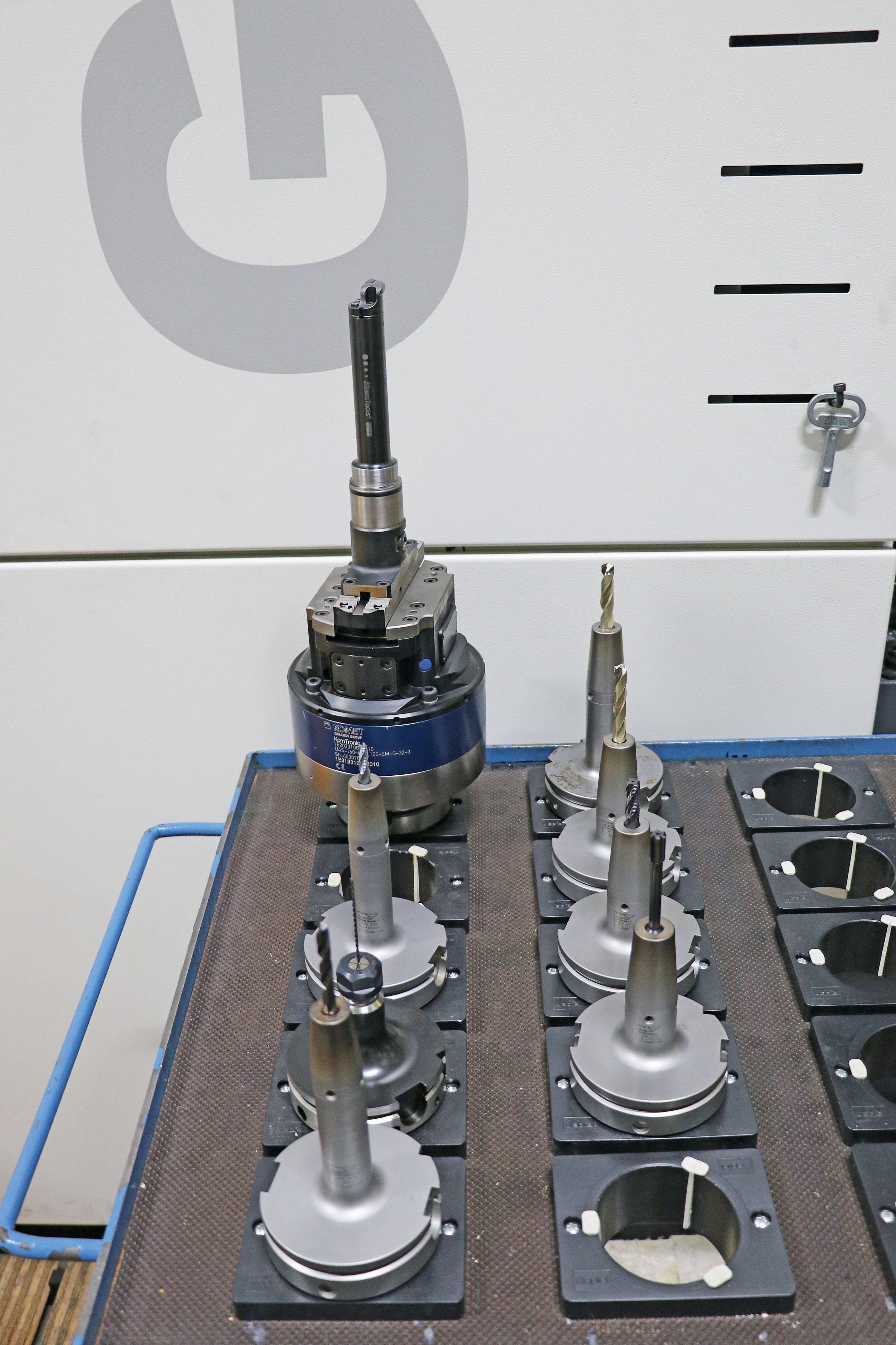
AHP Merkle has been ordering tools and equipment from Ceratizit for many years, including solid carbide drills, flat drills, tool holders, indexable inserts and U-axis systems.
Third U-axis generation boasts longer indexable insert tool lives
Günther Reich compares the significance of the KOMtronic U-axis system for the automated production of the cylinder housings to AHP Merkle’s products: “Although our hydraulic cylinders are usually relatively small components within a large system, they are still important! After all, the system will come to a standstill if a single cylinder leaks and fails. The U-axis is a relatively small part too, but we couldn’t be without it.” This is why the buyer ordered a second U-axis system as a backup soon after the first.
When AHP Merkle expanded its manufacturing plant in 2021 to include the second Grob G551, they put two of the latest U-axis models – the KOMtronic UAS-160-3 – on the order form from the outset. Oliver Scheppele reports: “There is no difference in the handling and programming of this third generation compared with the previous versions, which means no new training was necessary. The differences lie in the inner workings, resulting in even quieter running and allowing us to bank on tool lives of around 40 minutes longer for our indexable inserts.”
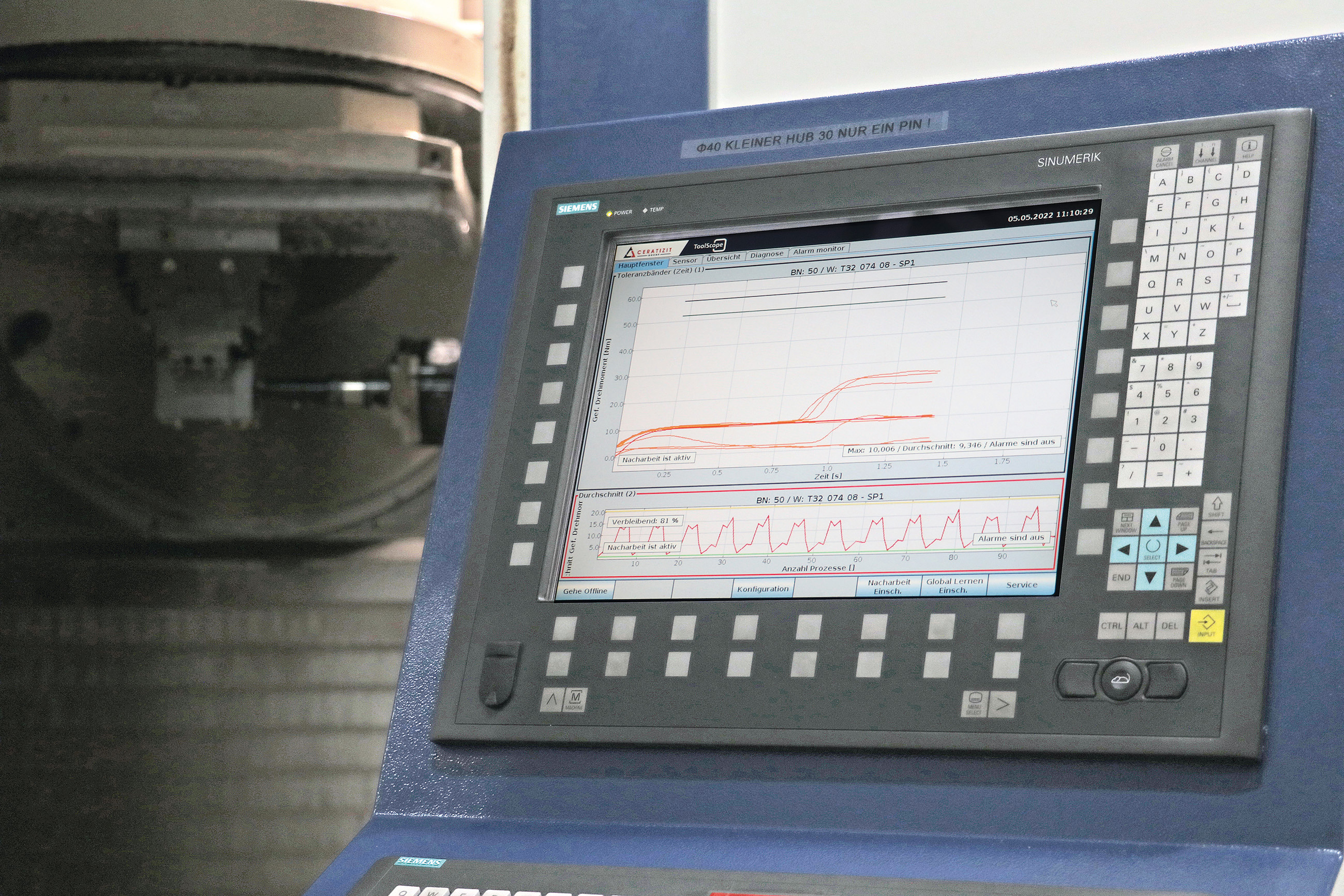
The ToolScope monitoring and control system from Ceratizit visualises values such as the power consumption of each tool on the operating screen, outputs a warning if wear is too great and stops the axis movements immediately in the event of a collision.
Reliability guaranteed thanks to ToolScope
To ensure the crucial process security demanded by an automated production process, Scheppele insisted on procuring a high-performance process and collision monitoring tool back when the first G551 was acquired. His determination was rewarded in the form of the ToolScope monitoring and control system from full-service tooling provider Ceratizit. The ToolScope, which is installed in the control cabinet of the G551, continuously records the power consumption and other signals from the machine that are generated during the production process. This data is visualised on the operating screen and used to monitor and adjust the machine.
“ToolScope monitoring is easy to set up and very effective. I have the option to define every operation and set certain limits regarding the power consumption for every individual tool,” Scheppele explains. “The system detects the current tool wear based on the average process force, so that I can change the tool at the optimal time.” What’s more, ToolScope identifies tool breakages and collisions and triggers an emergency stop in less than 1 ms. This reduces resultant damage to the tool, workpiece and machine to a minimum. “We’ve already experienced an emergency situation like this. Luckily no damage was caused thanks to the collision monitoring feature of ToolScope,” enthuses the machine operator. “It gives you peace of mind, especially when the system is unmanned.”
ToolScope boasts even more useful features, such as adaptive feed control, which accelerates the process where it is safe to do so and simultaneously protects the tool by intercepting load peaks. Oliver Scheppele adds: “I’ve been using this feature for some time when milling slanted parts, as it enables me to avoid a varying cutting speed. The tool benefits from a longer service life – it’s a very sophisticated solution.”
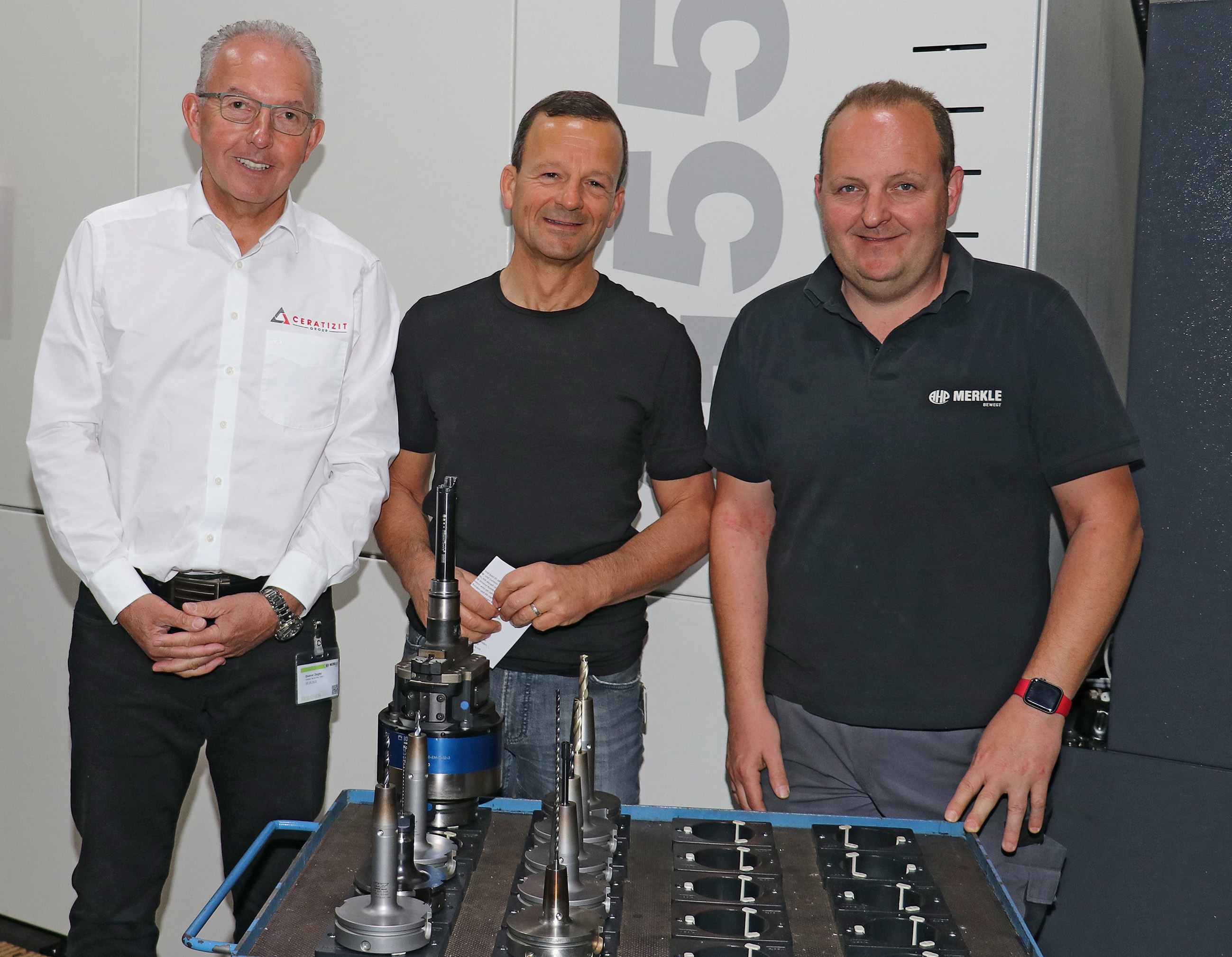
Dietmar Ziegler, Technical Consulting and Sales at Ceratizit, has provided Günther Reich (centre) and Oliver Scheppele (right) with an extensive range of tools over the years.
Success across the board
It’s clear to see why Günther Reich considers the automated production system to be a milestone in the company’s production operations: thanks to this highly automated equipment, AHP Merkle has been able to shorten the throughput time of the block cylinder housings by around 40 percent and implement unmanned shifts. The average machining time is 19.2 hours a day, a remarkable figure for the one-man operation that Oliver Scheppele is of course also responsible for. He is delighted: “We have produced approximately 15,000 block cylinder housings over the year on a single machine. The addition of the second Grob G551 is likely to increase this figure even further,” he says, adding a further benefit: “The two Grob machines usually machine different cylinder diameters, but if one of them fails, it wouldn’t take much for the functioning one to take on the tasks of its counterpart.”
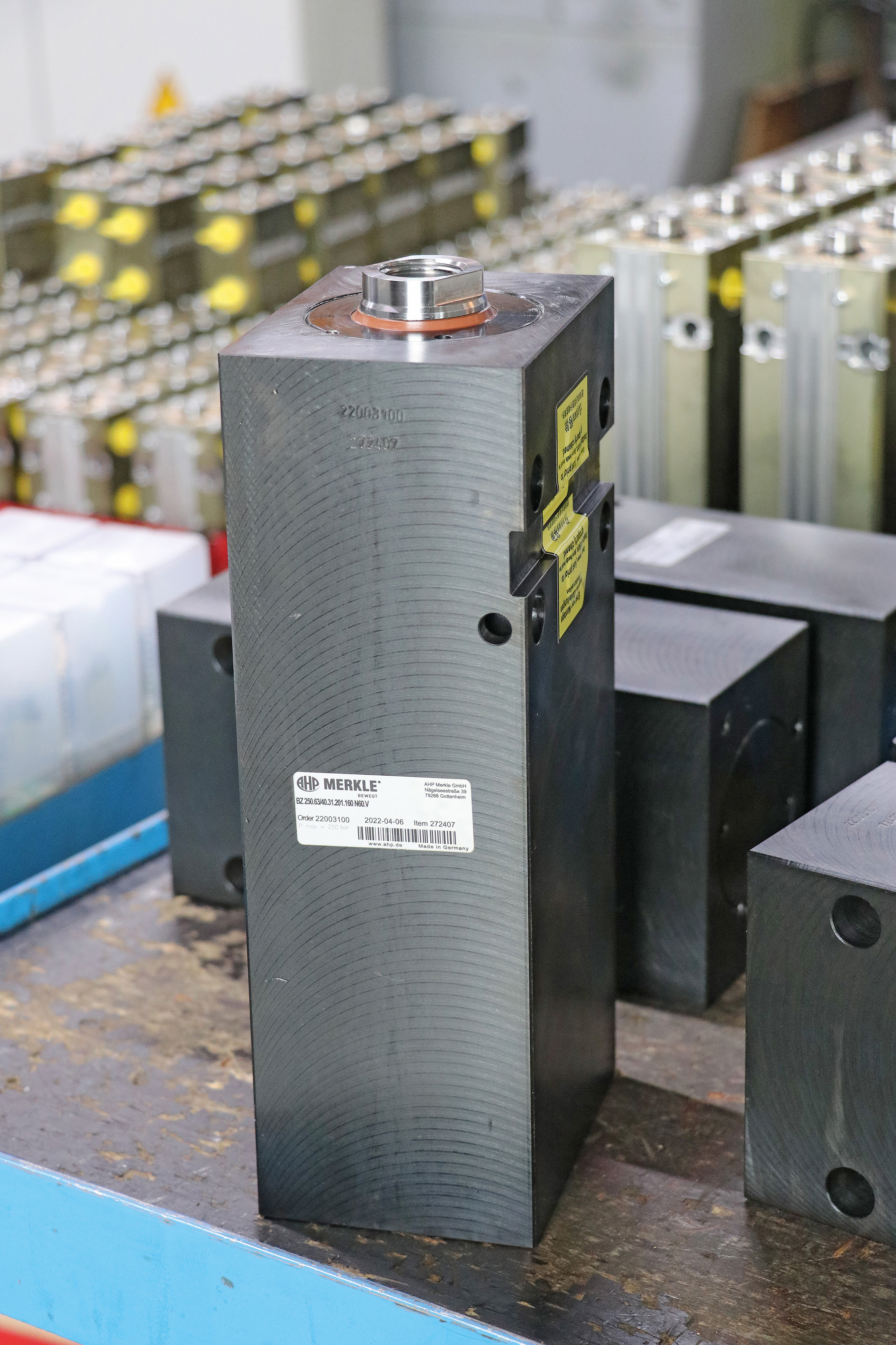
A block cylinder from AHP Merkle ready for packing and dispatch. AHP products are characterised by a high quality standard (long-term leak-tightness and service life) – features that many customers in tool and die production value.
